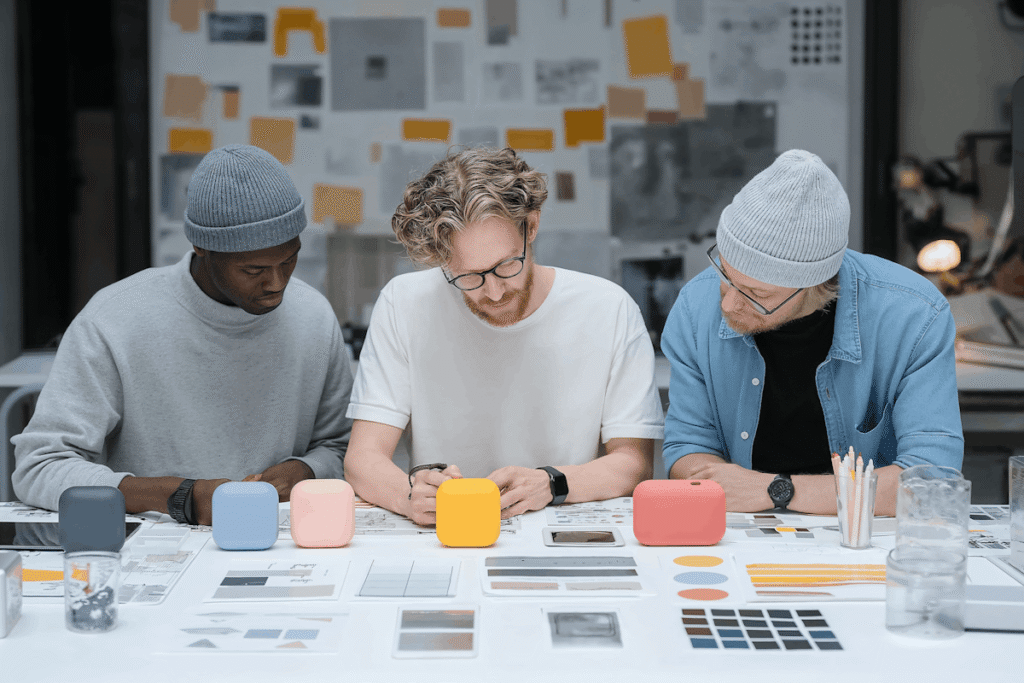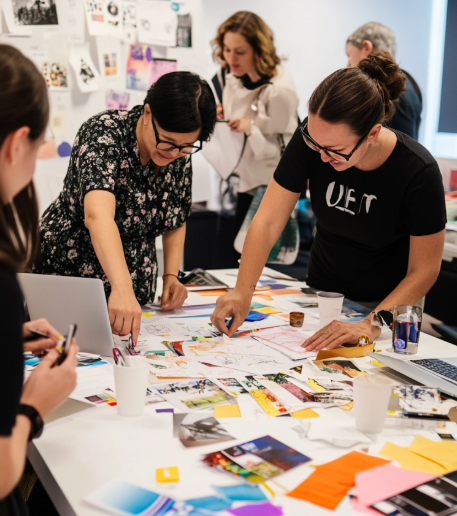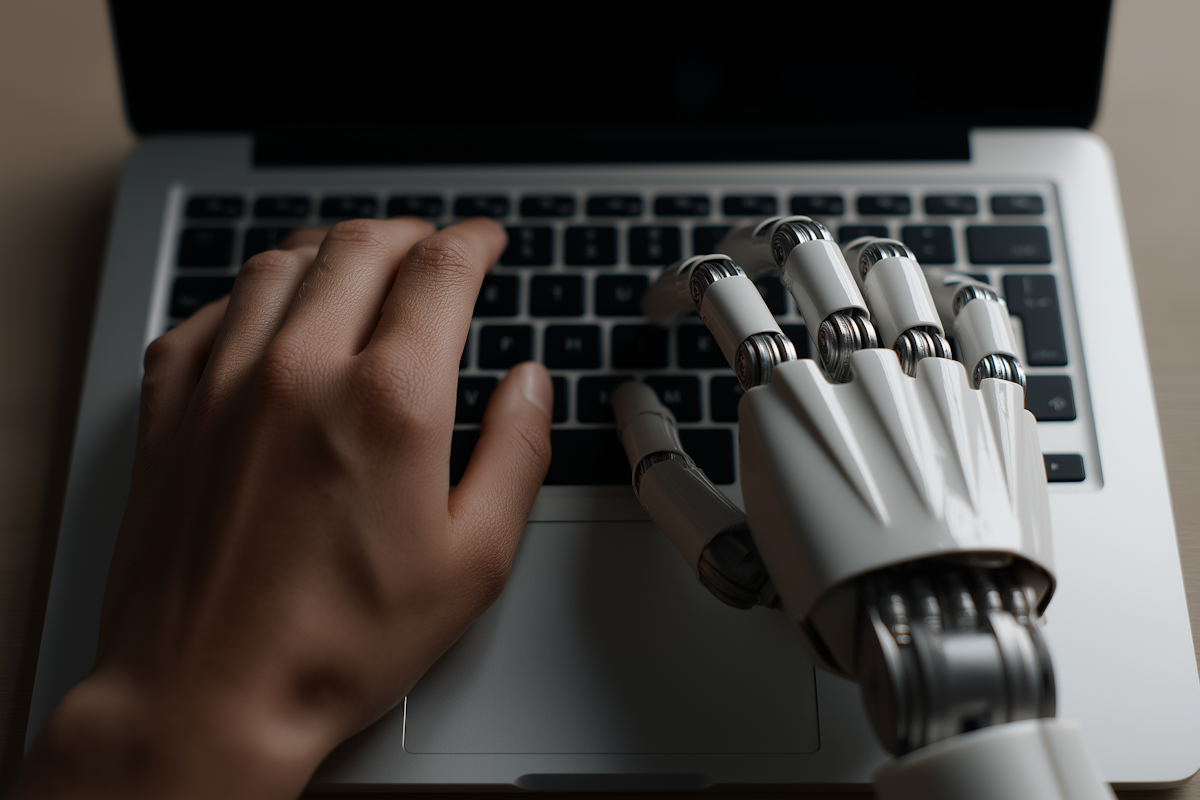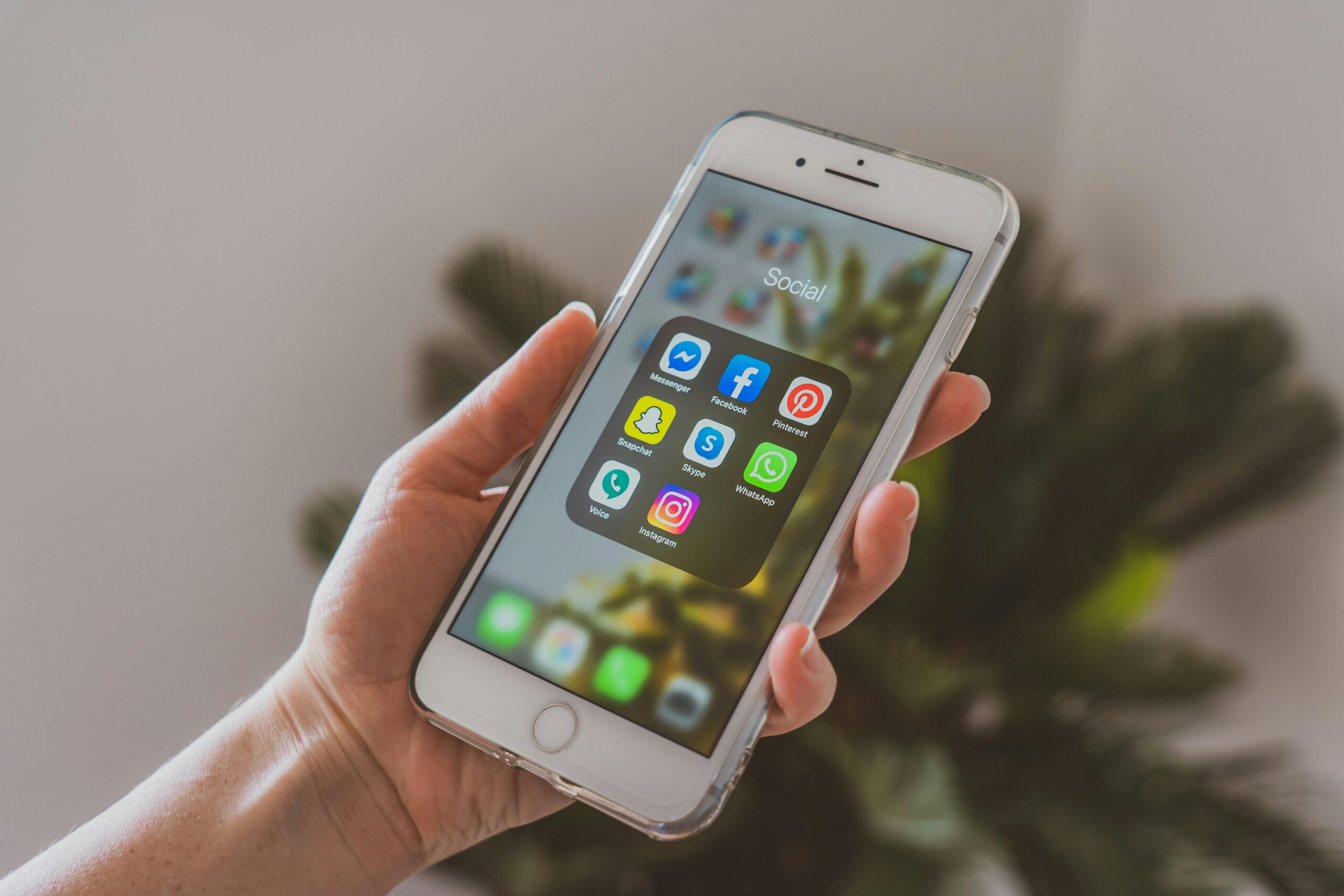
In today’s digital-first world, branding is more dynamic and data-driven than ever before. Gone are the days when branding meant just logos, taglines, and catchy slogans. Today, successful branding means understanding audiences, predicting behaviors, and delivering personalized experiences—and AI (Artificial Intelligence) is at the heart of this transformation.
Welcome to the age of Brand AI — where creativity meets data, and strategy meets automation. With AI-powered branding tools, businesses can now tell compelling stories, analyze emotions, and build loyal communities faster and smarter than ever.
In this post, we’ll explore how AI is reshaping modern branding, the top tools every strategist should know, and real-world examples of how top brands are using AI branding strategies to dominate their industries.
The Rise of AI in Branding
Let’s face it: marketing is more competitive than ever. Consumers are bombarded with messages daily. To stand out, brands need more than creativity—they need intelligence.
That’s where AI in branding comes in. AI analyzes massive amounts of consumer data—social trends, behavior patterns, purchase history, and even emotional cues—to help brands make informed creative decisions.
With Brand AI, businesses can:
- Personalize campaigns at scale.
- Predict consumer preferences before they’re even voiced.
- Automate creative production without losing authenticity.
- Strengthen emotional connections through smarter storytelling.
In essence, AI doesn’t replace brand strategists—it empowers them to work smarter, faster, and with more precision.
How AI Is Transforming the Branding Landscape
1. Smarter Audience Understanding
Every great brand starts with knowing its audience. AI makes this process effortless. Using machine learning, natural language processing (NLP), and data analytics, Brand AI tools can analyze customer conversations, reviews, and engagement patterns to understand what people truly care about.
Instead of relying on traditional surveys, AI helps uncover emotional triggers—what drives customer loyalty, what turns them away, and what kind of messages resonate most.
This depth of insight allows brands to shape messaging and visuals that speak directly to audience emotions, not just demographics.
2. Personalized Brand Experiences

Modern consumers crave personalization. They expect brands to understand them and anticipate their needs.
With AI-powered branding, personalization isn’t just possible—it’s automatic. AI systems analyze user data in real-time to deliver unique content experiences for every individual.
For example:
- An AI-driven email platform can send different versions of a campaign to thousands of people—each personalized to tone, visuals, or even timing preferences.
- A website can adjust imagery and copy dynamically based on the visitor’s behavior or past interactions.
Personalization has become a key component of emotional branding, and AI is the secret weapon behind it.
3. Predictive Storytelling and Creative Optimization
One of the biggest strengths of Brand AI is its predictive ability. AI doesn’t just analyze the past—it forecasts the future.
Through advanced algorithms, AI can predict which types of content, colors, and narratives will connect best with a specific audience segment.
This means you can design campaigns that emotionally resonate before you even launch them. AI tools evaluate historical performance data to help marketers craft more effective creative assets—boosting engagement and ROI while reducing guesswork.
4. Consistent Brand Voice Across Channels
A brand’s voice is one of its most powerful assets—but maintaining it across multiple platforms can be challenging.
AI tools help ensure consistency by analyzing your existing brand communications and automatically generating new content that aligns with your tone, vocabulary, and values.
Whether it’s writing social media captions, product descriptions, or video scripts, AI branding platforms can maintain your brand’s unique voice 24/7, no matter how many channels you manage.
AI-Powered Tools Every Brand Strategist Should Use
If you’re ready to step into the future of branding with AI, here are the top categories and tools to consider for your strategy:
1. AI Content and Copy Generation Tools
These tools help you craft on-brand, engaging content faster than ever.
- Jasper AI: Perfect for creating blog posts, social captions, and ad copy that match your tone and brand personality.
- Copy.ai: A great assistant for brainstorming creative headlines and storytelling ideas.
- Writesonic: Ideal for creating SEO-friendly website content with your brand’s voice.
These AI tools save hours of manual work and ensure consistent quality across all platforms.
2. Visual Branding Tools Powered by AI
Your brand’s visuals speak volumes. AI-driven design tools help maintain a unified look while keeping your creativity fresh.
- Canva’s Magic Studio: AI suggests design layouts, brand palettes, and social visuals based on your preferences.
- Adobe Firefly: Generates custom brand imagery, product visuals, and concepts using simple text prompts.
- Runway ML: Perfect for creating AI-generated videos and brand visuals that adapt to your brand style.
With AI in visual branding, even non-designers can create stunning brand assets in minutes.
3. Customer Emotion and Sentiment Analysis Tools
Understanding how people feel about your brand is essential. Sentiment analysis tools powered by Brand AI can process thousands of reviews, comments, and posts to reveal emotional trends.
- Brandwatch: Tracks how audiences emotionally react to campaigns in real-time.
- Talkwalker: Monitors social conversations and provides AI-driven insights on brand perception.
- Sprout Social: Uses AI to analyze sentiment in customer engagement and suggest better messaging strategies.
These insights help brands fine-tune their storytelling for deeper emotional connection and retention.
4. AI-Powered Brand Management and Consistency Tools
Keeping your branding consistent across teams and campaigns can be difficult. AI-powered brand management systems help streamline this process.
- Frontify: Centralizes all brand assets and uses AI to suggest correct visual and tone usage.
- Bynder: Helps maintain visual consistency and automates content distribution with AI tagging.
- Lytho: Uses AI to evaluate content alignment with brand guidelines automatically.
These platforms make brand governance smoother and protect your identity from inconsistencies.
Case Studies: How Top Brands Use AI to Reinvent Branding
Case Study 1: Coca-Cola – Creative Automation with AI
Coca-Cola has embraced Brand AI to reimagine how it creates campaigns. Using AI-generated art and copy, the brand now creates hyper-personalized visuals for local markets.
Its “Create Real Magic” campaign invited consumers to generate personalized Coke artwork using AI tools—making fans part of the brand’s story. This strategy not only boosted engagement but also strengthened emotional loyalty through participation.
Case Study 2: Sephora – AI-Driven Customer Experience
Sephora integrates AI storytelling and virtual branding into its customer journey. The brand’s AI-powered assistant “Sephora Virtual Artist” helps users try on makeup digitally while suggesting products that match their preferences and previous purchases.
The brand’s content recommendation engine uses Brand AI to adapt marketing messages and tutorials to individual users—deepening emotional connection and retention.
Case Study 3: Nike – Predictive Branding and Personalization
Nike uses AI branding technology to understand emotional motivators and predict trends.
Through its Nike Fit app, AI analyzes customers’ body data to suggest perfectly fitting products. Beyond that, its marketing algorithms study behavior patterns to deliver motivational stories and products tailored to each customer’s lifestyle.
This blend of personalization and prediction has made Nike one of the most emotionally resonant brands in the world.
The Future of Branding: AI as the Creative Partner
As AI continues to evolve, its role in branding will become even more powerful.
Soon, Brand AI will be able to:
- Design campaigns that adjust emotional tone based on audience reactions in real time.
- Suggest visual and verbal styles based on cultural trends.
- Help marketers co-create new product experiences guided by customer data and emotion.
However, one thing remains clear: AI will never replace the human touch. The magic of branding comes from human creativity, empathy, and emotion. AI is simply the amplifier that helps bring those stories to life faster, smarter, and at scale.
Key Takeaways: Building a Smarter Brand with AI
- AI helps you understand people better — not just their actions, but their emotions.
- Brand AI empowers personalization at scale, making every customer feel seen.
- Predictive storytelling saves time and money while boosting emotional impact.
- AI tools maintain brand consistency, ensuring every touchpoint feels cohesive.
- Real-world success stories like Nike, Coca-Cola, and Spotify prove that emotional branding and AI go hand-in-hand.
Final Thoughts
The age of AI-powered branding has arrived. For brand strategists, this is both a challenge and an opportunity—to merge data and creativity, emotion and intelligence, art and automation.
By embracing Brand AI, you can understand your audience like never before, personalize every interaction, and tell stories that not only sell—but stay in people’s hearts.
The future of branding isn’t about replacing creativity with machines. It’s about giving creativity the power of data and AI to make every message more human, more emotional, and more unforgettable.


